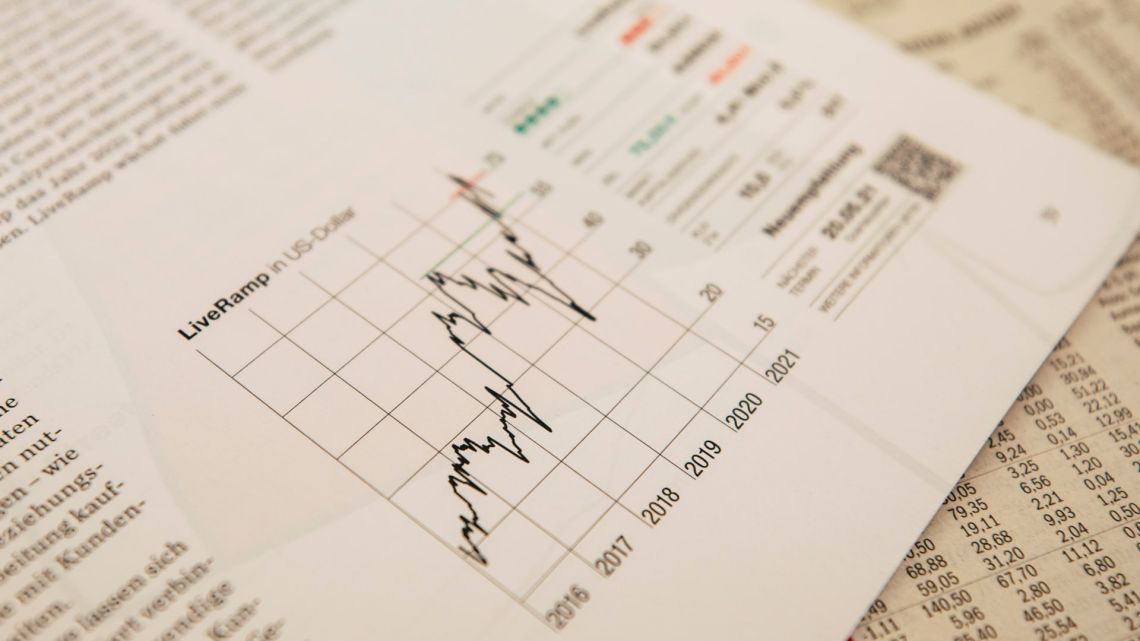
Ben Emons of NewEdge Wealth highlights the significant influence of Nvidia Corp. in shaping Federal Reserve expectations. This California-based chip designer is considered a bellwether for AI-capital expenditures, which have the potential to enhance productivity across the US economy. As Nvidia prepares to release its fiscal second-quarter earnings, its role as an AI industry leader has translated into higher real yields in the bond market. These real yields reflect inflation-adjusted growth in both gross domestic product and productivity.
Nvidia’s Impact on Treasury Yields
The rise in real yields in the US is a primary factor behind the recent climb of 10-year and 30-year Treasury yields to multi-year highs. These elevated yields, measured by rates of Treasury inflation-protected securities, provide insight into market expectations for the US economy in the absence of inflation.
The Bigger Macro Story
According to Emons, Nvidia's significance as an AI bellwether goes beyond its technological contribution. It has emerged as a key player in the US economy, surpassing initial expectations. The connection between AI and productivity is driving interest-rate expectations today, as people recognize that productivity leads to growth.
Overall, Nvidia's central-bank-like powers have positioned it as a forceful driver of Fed expectations, overshadowing even the influence of Federal Reserve Chair Jerome Powell himself.
Nvidia's Earnings and the Probability of a Fed Rate Hike
As the market eagerly awaits Nvidia's upcoming earnings announcement and Federal Reserve Chairman Jerome Powell's speech at Jackson Hole, a note from a senior portfolio manager suggests that "the probability of a rate hike is creeping higher." The manager points out that with every increase in Nvidia's earnings-per-share (EPS) estimates, the likelihood of a rate hike by November also increases, emphasizing that Nvidia is gaining Fed-like power.
Analysts' estimates for Nvidia's EPS in the second quarter have been steadily rising, aligning with the market's implied probabilities of a November Fed rate hike. A chart provided by Emons highlights this correlation.
Moreover, Nvidia's own corporate bond yield, issued in 2020 and maturing in April 2040, has been rising in comparison to the 10-year TIPS (Treasury Inflation-Protected Securities) or real yield. This can be attributed to the company's broader impact on the economy according to Emons.
Jeremy Siegel, a finance professor at the University of Pennsylvania Wharton School, explained in an interview that real interest rates reflect real growth. As productivity improves and economic growth strengthens, the Fed's ability to cut rates diminishes. On Tuesday, Treasury yields were mixed, while Nvidia's shares experienced a 2.3% decline in the final hour of trading in New York. Traders and investors are eagerly anticipating Nvidia's earnings report on Wednesday and Powell's remarks two days later.
It is anticipated that Powell will discuss the real neutral rate of interest during his speech — the inflation-adjusted level likely to prevail when the economy is operating at full strength with stable price gains. This discussion will likely support the notion of higher-for-longer interest rates in the United States.
In summary, Nvidia's upcoming earnings report and Powell's speech are highly anticipated events that will impact both the market's outlook on Nvidia and the likelihood of a Fed rate hike in November. The company's impressive EPS estimates, rising corporate bond yield, and its influence on the economy have contributed to its growing power.













Write Your Comment